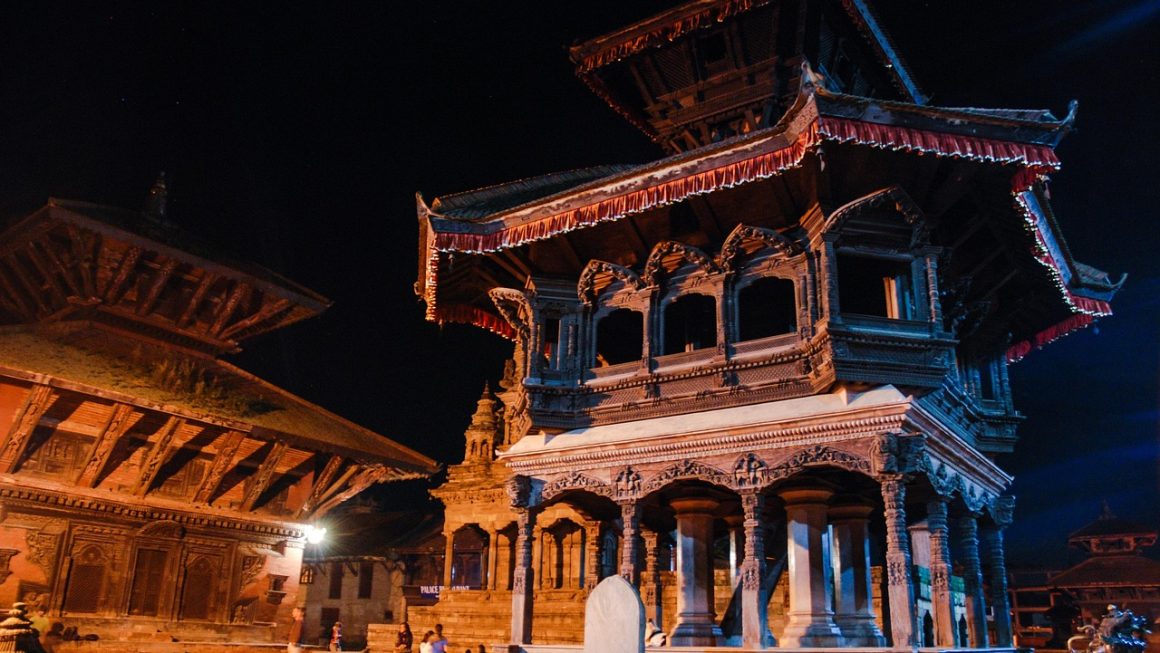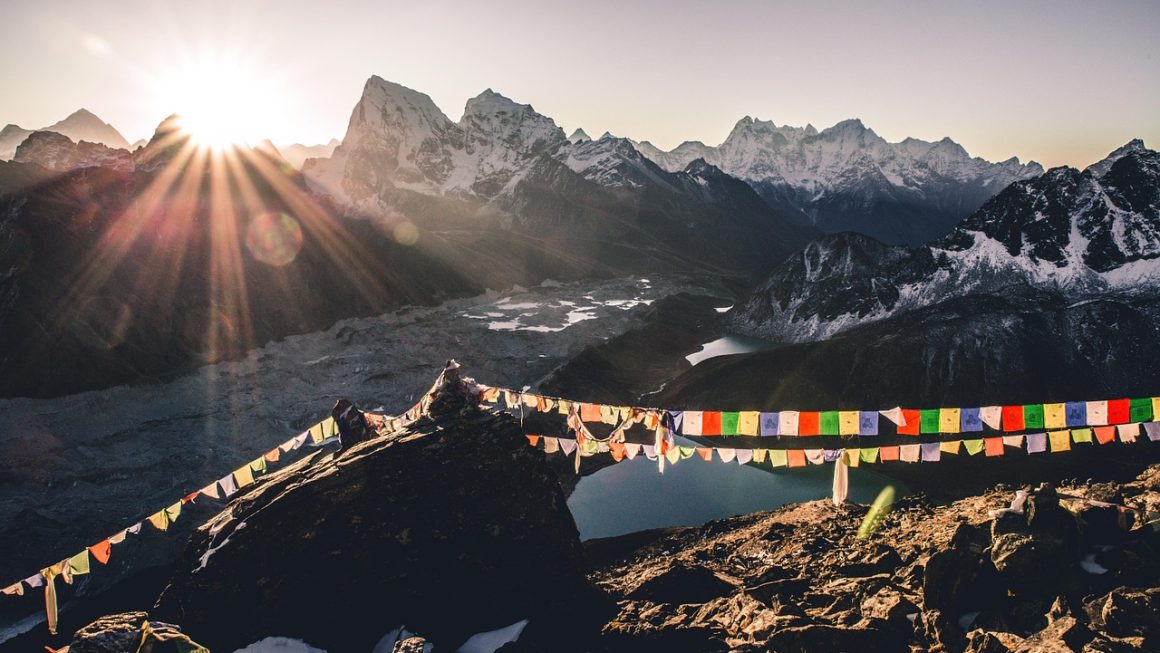Nepal is a federal democratic republic, not a communist state. However, communist parties dominate the nation’s political landscape and have done so for decades. This paradox—where a non-communist state is governed predominantly by communist parties—raises critical questions: Why is communism so popular in Nepal? Are Nepal’s communist leaders truly Marxist? And how have these parties shaped governance and economic policy in the country?
To understand the answer, we must examine Nepal’s complex history, its socio-political realities, and the evolution of communist ideologies adapted to Nepali soil.
Historical Roots of Communism in Nepal
The seeds of communism in Nepal were sown in the early 20th century as a response to feudalism and autocratic monarchy. Inspired by socialist and communist movements in India and China, a group of intellectuals and activists founded the Communist Party of Nepal (CPN) in 1951. This marked the formal beginning of Nepal’s communist movement.
At the time, Nepal was emerging from over a century of Rana oligarchic rule. The class divide was severe—landowners and the monarchy controlled resources, while peasants and workers lived in poverty. These inequities created fertile ground for communist ideology, which promised justice, equality, and power to the masses.
Communism Under the Panchayat Regime
Following the 1960 royal coup, King Mahendra banned political parties and installed the Panchayat system, a party-less monarchy-backed political structure. Communist parties were forced underground but continued to spread ideologies through student activism, rural education, and union organization.
Various factions of the communist movement emerged during this period, some favoring Marxism-Leninism, others leaning toward Maoist revolution. This fragmentation, though ideologically varied, laid the foundation for the widespread leftist sentiment seen today.
The Maoist Insurgency (1996–2006)
One of the most transformative periods in modern Nepalese history was the Maoist insurgency. In 1996, the Communist Party of Nepal (Maoist) led by Pushpa Kamal Dahal ‘Prachanda’ launched a “People’s War” against the government.
The Maoists mobilized rural youth, landless farmers, and ethnic minorities. Their demands included:
- Land reform and redistribution
- Abolition of the monarchy
- Proportional representation for marginalized groups
- A secular republic
Over 17,000 people died during the conflict. Infrastructure was destroyed, and social structures were upended. Yet the Maoists gained enough influence to force a peace process.
In 2006, the Comprehensive Peace Accord was signed, ending the war and bringing the Maoists into mainstream politics.
Abolition of the Monarchy and Rise of the Left
The Maoists, supported by other leftist and democratic parties, pushed for the monarchy’s dissolution. In 2008, Nepal was officially declared a Federal Democratic Republic, ending over 240 years of royal rule.
This milestone confirmed that communist parties were no longer just ideological outliers or rebels—they were key architects of modern Nepal. Since then, various leftist parties have competed in and dominated parliamentary elections.
Why Communism Remains Popular in Nepal
Communism’s continued success in Nepal stems from several deep-rooted factors:
- Economic Inequality: Rural poverty, landlessness, and class disparity remain widespread.
- Caste and Ethnic Marginalization: Dalits, Janajatis, and Madhesis feel underrepresented and often support parties promising structural reforms.
- Anti-Elitism: Communist parties frame themselves as anti-feudal and anti-corruption forces.
- Revolutionary Legacy: The role of communists in ending monarchy and restructuring the state gives them legitimacy, especially among older generations.
Even in urban centers, where capitalist consumption is growing, communist parties still receive significant support due to their historical contribution and populist rhetoric.
Are Nepal’s Communist Leaders Truly Communist?
Despite ideological branding, many critics argue that Nepal’s communist leaders are more pragmatic populists than true Marxists.
Examples of ideological contradictions include:
- Embracing foreign direct investment and capitalist business models.
- Leaders themselves owning private property and engaging in elite lifestyles.
- Participation in multiparty democracy, contrary to the Marxist goal of a classless, partyless state.
Essentially, Nepal’s communists operate within a democratic-capitalist framework while using socialist slogans.
Key Communist Parties in Nepal
1. CPN-UML (Communist Party of Nepal – Unified Marxist Leninist)
- Founded in 1991.
- Often considered moderate-left.
- Strongest organizational base in rural hill districts.
- Promotes mixed economy, nationalism, and development.
2. CPN (Maoist Centre)
- Led the insurgency.
- Once radical, now a mainstream political player.
- Focus on identity, federalism, and inclusive policies.
3. NCP (Nepal Communist Party)
- Temporary merger of CPN-UML and Maoist Centre (2018–2021).
- Won historic majority in 2017, but split due to power struggles.
4. CPN (Unified Socialist)
- Split from CPN-UML in 2021 under Madhav Kumar Nepal.
- Emphasizes internal democracy and socialist economy.
5. Rastriya Janamorcha
- Small but vocal party.
- Advocates against federalism; supports centralization and socialism.
How Do Communist Parties Govern?
Nepal’s leftist parties, despite their ideological origins, practice multiparty parliamentary democracy. Their governance model includes:
- Decentralization through the federal structure.
- Welfare programs (health subsidies, education support).
- Infrastructure projects funded by foreign loans and aid.
- Coalition-building with non-leftist parties for stability.
They rarely pursue aggressive socialist economic reforms like nationalization, partly due to Nepal’s economic dependence on global systems.
Communist Economic Policies in Nepal
Communist-led governments in Nepal typically support:
- Public-private partnerships
- Foreign direct investment (especially in hydropower and infrastructure)
- Nationalism in economic policy (e.g., limits on foreign land ownership)
- Redistributive welfare schemes
However, their performance on economic growth is mixed. Despite grand promises, Nepal suffers from:
- High youth unemployment
- Brain drain due to labor migration
- Low industrialization
- Budget dependence on remittances and foreign aid
While the rhetoric remains socialist, the reality is quasi-capitalist management.
Why Nepal Will Likely Never Adopt Full Communism
Several constraints prevent Nepal from becoming an absolute communist state:
- Constitutional Framework: Guarantees multiparty democracy and free elections.
- International Dependency: Nepal relies heavily on trade with India and aid from Western nations.
- Private Sector Economy: Businesses, tourism, and remittances drive the economy.
- Civil Society and Media: Vibrant civil institutions push back against authoritarian trends.
While leftist ideologies remain powerful, the structure of the state keeps them in check.
Why Communist Parties Still Dominate
Even in the face of criticism, Nepal’s communist parties continue to be major players due to:
- Strong organizational networks
- Ideological flexibility
- Grassroots mobilization
- Opposition to unpopular mainstream alternatives
- Symbolic legacy as anti-royal forces
This adaptability—embracing pragmatism while upholding populist appeal—keeps them electorally competitive.
Communists in Elections: Performance and Trends
Communist parties have performed well in nearly all major democratic elections:
- 1991–2006: CPN-UML was main opposition; Maoists underground.
- 2008 CA Election: Maoists win biggest share after monarchy ends.
- 2013 CA Election: CPN-UML rises again.
- 2017 General Election: Left Alliance (UML + Maoists) win nearly two-thirds majority.
- 2022 Election: Decline in unified left support, but still dominant in key provinces.
Despite fluctuations, they remain central to national politics.
Criticism of Nepal’s Communist Leaders
Nepali communists face growing skepticism:
- Authoritarian behavior during power struggles
- Corruption scandals involving high-ranking leaders
- Inconsistencies between rhetoric and policy
- Dynastic politics (e.g., appointing family members)
Youth voters in particular are shifting toward centrist or alternative parties like Rastriya Swatantra Party (RSP).
Conclusion: Nepal’s Hybrid Leftist Democracy
Nepal is not a communist country in the classical sense. It is a hybrid state where leftist parties operate within a democratic framework, using socialist language to win votes while implementing capitalist-friendly governance.
Communism in Nepal has evolved from revolution to reform, from insurgency to electoral politics. Its endurance is a result of the nation’s inequalities, historical transitions, and political culture. Whether these parties will truly address the needs of the people or simply retain power through populist slogans remains an open question.
🕒 Timeline of Key Events in Nepali Communism
| Year | Event |
|---|---|
| 1951 | Communist Party of Nepal founded |
| 1960 | King Mahendra bans political parties |
| 1990 | Democracy restored; communists reenter formal politics |
| 1996 | Maoist insurgency begins |
| 2006 | Peace Accord ends insurgency |
| 2008 | Monarchy abolished; Nepal becomes a republic |
| 2017 | Left Alliance wins landslide |
| 2021 | Nepal Communist Party split declared illegal |
| 2022 | General elections held; communists retain large influence |




